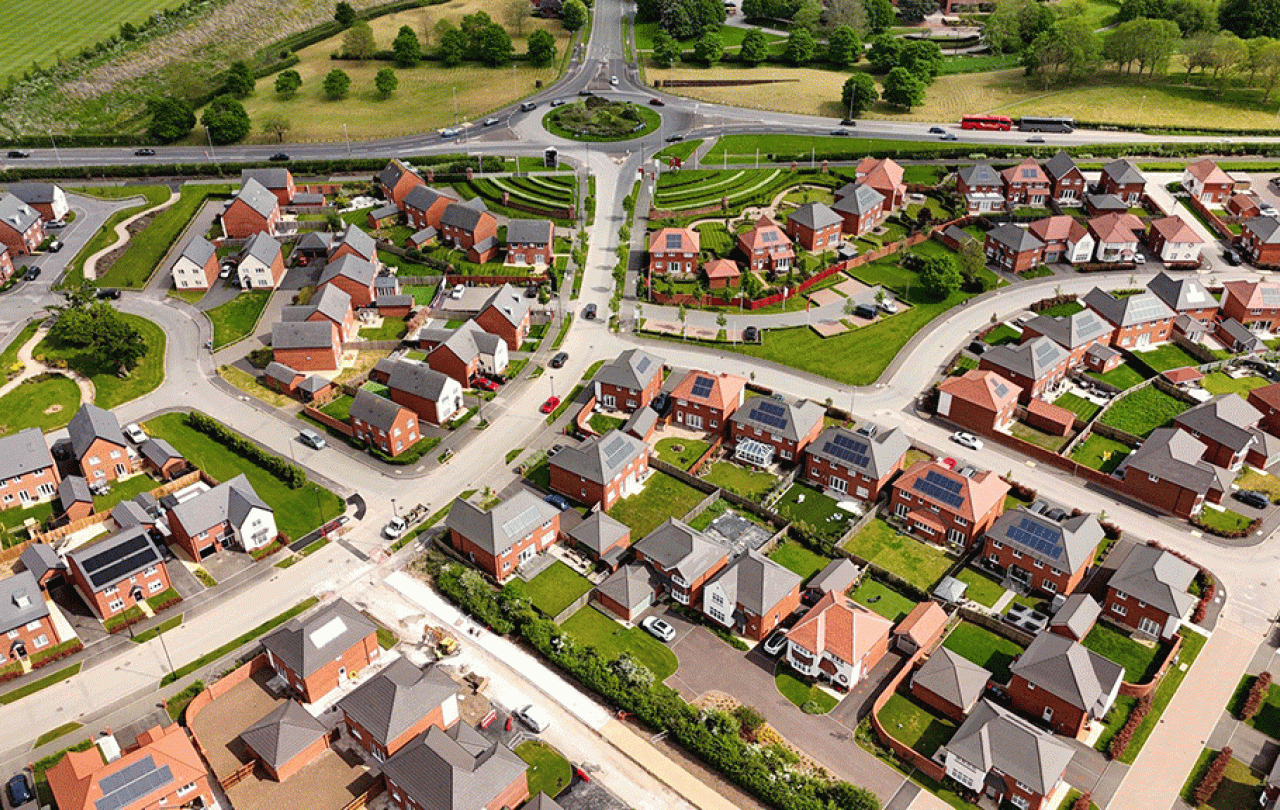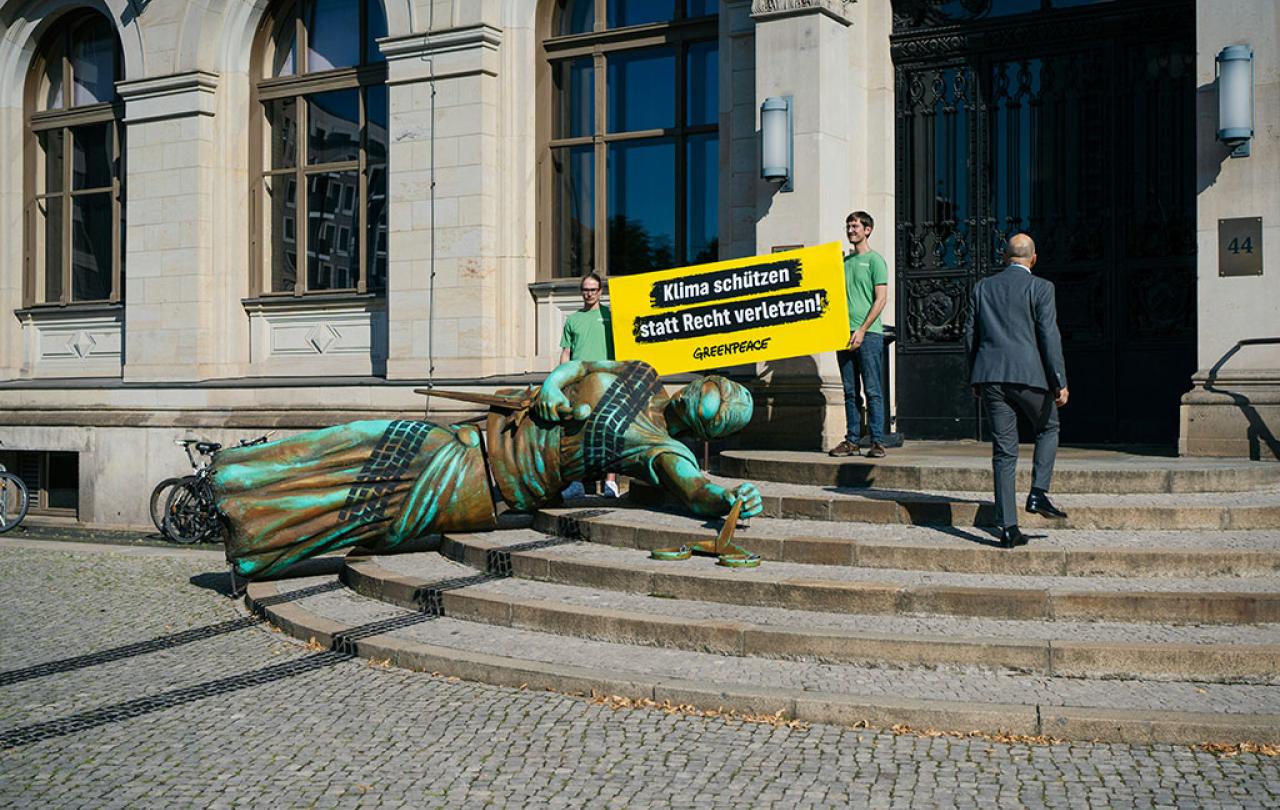
This time last year Labour promised 1.5 million new homes as part of its election campaign. Now plans are afoot to get these houses well and truly off the ground. New housing is seen as the salvific answer to one of Britain’s greatest social problems. The housing crisis sees rent-avoiding sofa surfers, impossibly high interest rates (except from the bank of mum and dad), and a scarcity of social housing.
New builds are to the housing crisis what the fairy godmother was to Cinderella. Adequate and safe housing is an essential infrastructure for any society and is a fundamental human right. With an influx of new properties on the market, prices fall, social and affordable housing increases, and people are able to buy before their inheritance arrives. Families on housing waiting lists can live in a home somewhere they know. New housing offers Britons opportunities to find, purchase, and live in their forever, fairytale homes. In theory.
It could turn out to be a nightmare. We are instead sentencing them to social and spiritual isolation. By focusing on building houses, we fail to meet the essential human need for community, social interaction, and connection. (Wo)man is not, and never will be an island. Building homes is not enough. We must also build communities.
As we build community we safeguard against the epidemic of loneliness, segregation, and isolation
On new housing developments, organic community creation is challenging. Momentum is required to create communities. The government’s house building target does recognise the need for infrastructures such as doctor’s surgeries and schools. But these are not developers’ priorities. And they are also not enough to embed community into those new developments.
Can you imagine your fairytale home without the corner shop for an emergency pint of milk? Or without the café for bleary eyed mums and babes? Or without the play park, pub, poo bin, and postbox? Can you imagine your happily ever after will be without a local hall for big birthday celebrations, for scout groups, and for Pilates? What about a church, with bells ringing out the universal soundtrack of Sunday mornings, offering a space to breathe, to pray, and to explore your own spiritual journey?
We have recently moved onto a new housing development and have seen firsthand the need for community amongst these supposedly dream homes. We are also part of a new church here, writing a different story and weaving community throughout the development. Knowing our neighbours’ names and giving and receiving help are part of embracing social interaction. Our pop-up coffee bike is a place where people can gather and get to know one another around a nearly-expertly brewed beverage. This is the beginning of human connection within a community.
But the church also offers a place for spiritual connection. New housing without the opportunities for human and spiritual connection leave residents on a cliffhanger. The church offers people another ending to their fairytale. Because the dream-like show-home does not become our own and we are left with the disappointment of reality. The story of Jesus speaks of miracles not magic wands, redemption not Red Riding Hood, the Prince of Peace not Prince Charming. In the void left by developers, Jesus can speak, the Spirit can move, and the church can show up to offer human and spiritual connection and meaningful community.
Though these new builds may solve the housing crisis, they may also contribute to a crisis of community across our nation. But as we build community we safeguard against the epidemic of loneliness, segregation, and isolation. We imagine spaces into being so that community can flourish. Perhaps then we can look forward together to a different kind of happily ever after.

